All
Edge Computing

Drones are an essential tool in spotting danger from a safe distance. Xailient helps drones work faster and see better by optimizing drones’ use of bandwidth. Xailient software reduced data usage by 94% on a characteristic 1080p “in the wild” test video of a drone following a vehicle.
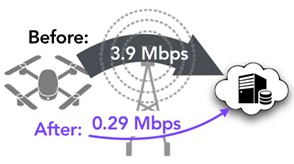
1Xailient cuts drone data usage by 94%
We trained a Yolo3 model and Xailient Detectum Neural Network to detect cars and trucks from an overhead drone. The Yolo3 model was tested in isolation and then combined with the Detectum using the same input dataset. The Yolo 3 model was run in Google Cloud Platform and the Detectum on a Raspberry Pi 3.
Using open-source training datasets, Xailient trained a Yolo3 object detection neural network using traditional methods. This neural network provided a standard drone-AI deployment’s “Baseline” performance.
The Baseline Yolo model was run on Google Cloud Platform and fed pre-annotated test data as input to establish a control dataset of accuracy and performance. The Baseline model had an accuracy of 92% mean average precision (mAP).

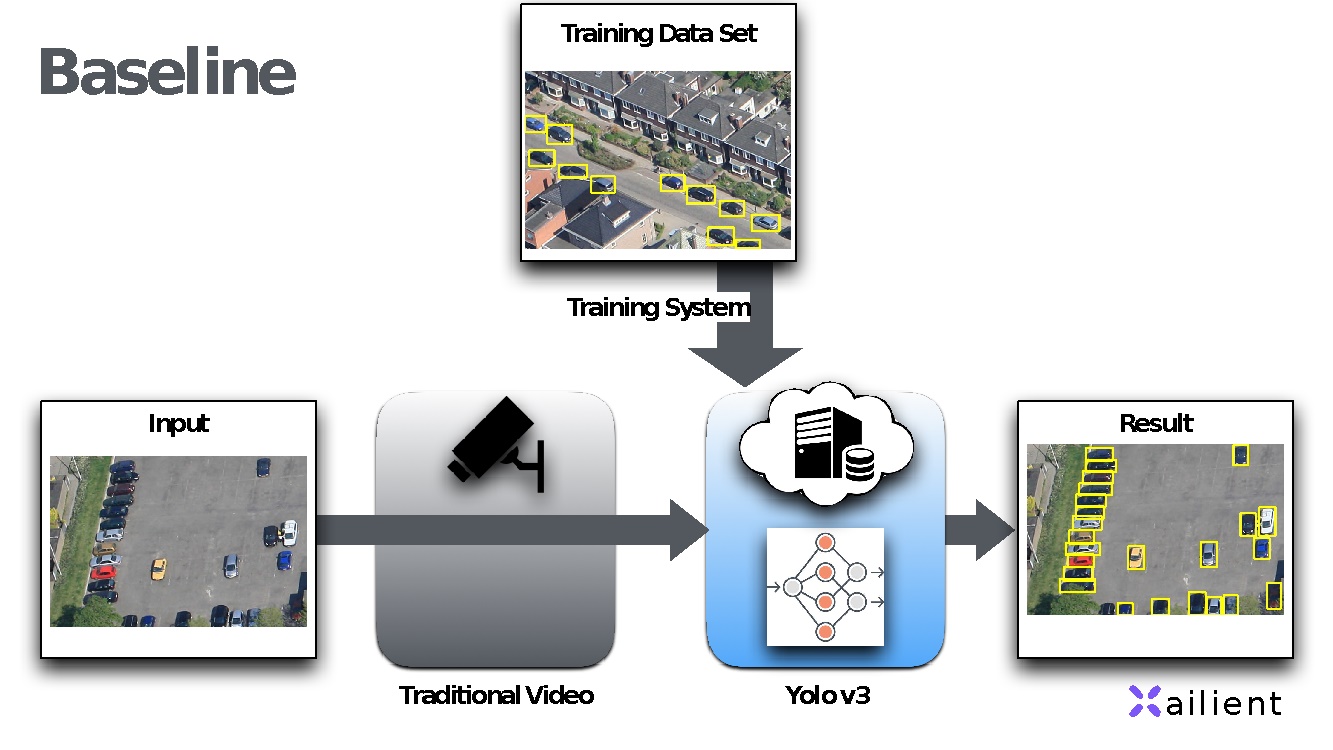
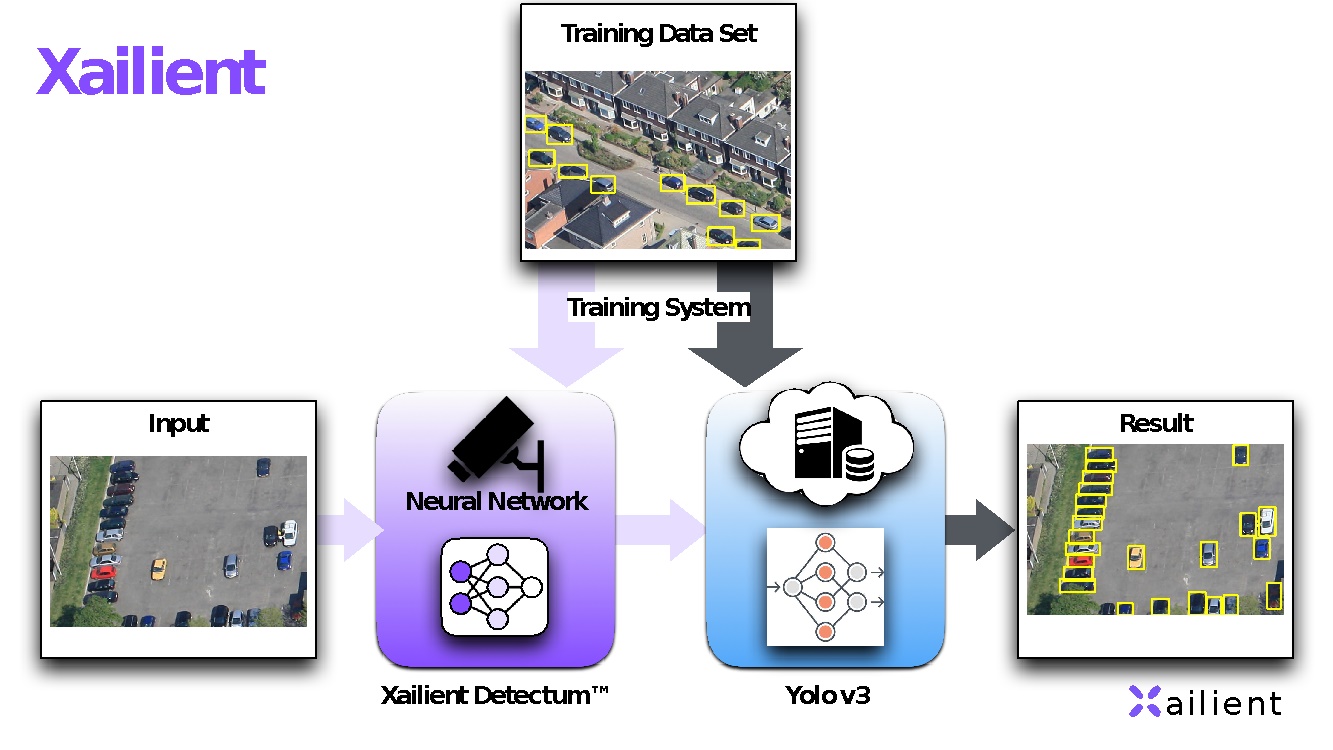
Xailient Detectum Impact
The Detectum Neural Net (DNN) was trained using the same data as the Yolo3 model. The same input test data was then run through the Xailient software before being fed into the Yolo3 baseline model.
The function of the Detectum is to identify objects of interest (cars or trucks) and compress the image background or skip images entirely with no objects of interest.
A significant benefit is to avoid transmitting data through the wireless network that has no value in object detection tasks. The Xailient software reduced the total data transferred by dropping and compressing images.
Two versions of the Detectum were tested. In the first, conservative thresholds were used to ensure no change in accuracy compared to the control.
A second version of the Detectum used a more aggressive set of configurations.
The images used in the test data were all different, with no data in common. The test data is not sequential frames from a related video. This is important because videos encoded with the MPEG standards (for example, H.264) provide frame-over-frame compression that can achieve significant data savings compared to the sequence of still images that make up the frames.
To see the impact of the Detectum on a video, the Xailient configuration was then run on “in the wild” videos of overhead drone footage.
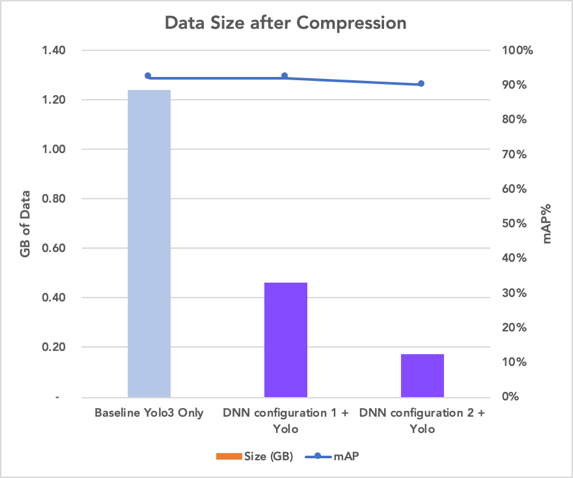

Xailient software reduced data usage by 94% on a characteristic 1080p “in the wild” test video of a drone following a vehicle.
A second version of the Detectum used a more aggressive set of configurations. In this result, the mAP reduced from 92% to 90%, and the data reduction progressed from 63% savings to 86% (a further decrease of almost 2/3rds).
In the Real-World Video Test, total size and transmitted bit rate benefits were achieved above the MPEG compression.
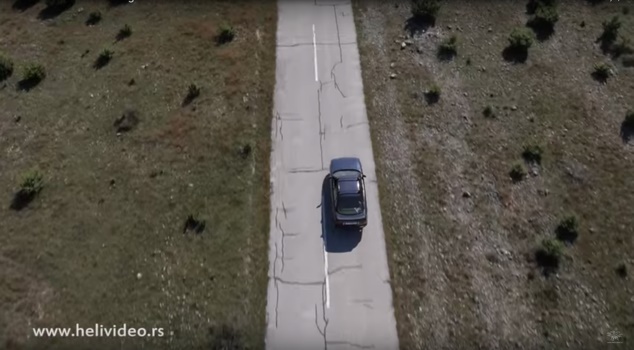

May 9, 2025
MACAU — May 9, 2025 — Xailient Inc., the world leader in privacy-safe computer vision AI, today announced the debut of a groundbreaking biometric innovation in partnership with global gaming leader Konami Gaming, Inc. At G2E Asia 2025, Konami will unveil SYNK Vision™ Tables, a new addition to its award-winning SYNKROS® casino management system, powered by Xailient’s privacy-preserving facial […]
September 27, 2024
by Newsdesk Fri 27 Sep 2024 at 05:39 Global industry supplier Konami Gaming is set to unveil new technology at Global Gaming Expo (G2E) in Las Vegas next month that brings its player facial recognition solution for Electronic Game Machines to table games. The expanded offering, in partnership with Xailient, follows the launch of SYNK Vision […]
We see things differently in the dynamic field of computer vision AI
All
Edge Computing
All
Casino and Gaming
We empower companies to bring computer vision AI products to market
faster and with less investment
You’ll get insights and resources into: